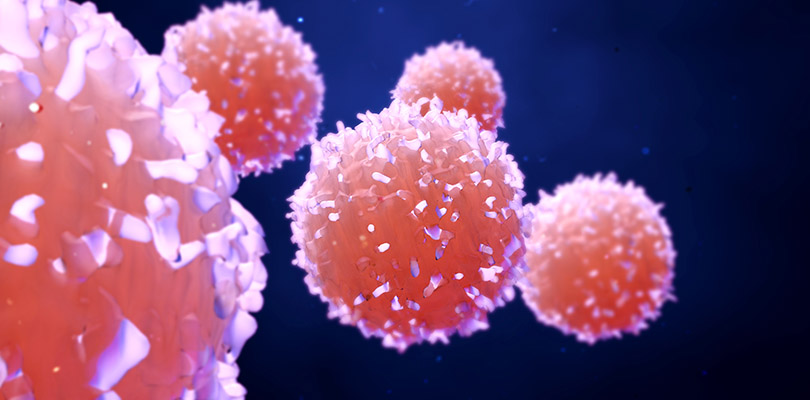Learn How to Break the Habit
You have likely heard before that cigarette smoking puts you at a very high risk of developing lung cancer. Even second-hand exposure to cigarette smoke will cause abnormal changes in your lungs and can cause a cancerous tumor to develop in the lungs. Let's take a look at how you can break that nasty habit.
10 Ways to Help You Quit Smoking
- Set a quit date: Choose a specific day to quit smoking and stick to it.
- Identify Triggers: Recognize situations or emotions that make you want to smoke and find alternatives.
- Get support: Share your goal with friends and family or join a support group for encouragement.
- Replace smoking habits: Replace smoking with healthier habits like chewing gum or going for a walk.
- Avoid temptation: Stay away from places or people that encourage smoking.
- Find Distractions: Keep yourself busy with activities that keep your hands and mind occupied.
- Consider nicotine replacement Therapy: Explore options like patches, gum or lozenges to help manage cravings.
- Practice stress management: Use relaxation techniques such as deep breathing or meditation to cope with stress without cigarettes.
- Reward yourself: Celebrate milestones with rewards that motivate you to stay smoke-free.
- Stay persistent: Understand that quitting may take time and effort, but don't give up on your goal.
Stop Smoking Today
Quitting isn’t always easy for chronic smokers. The good news is, there are plenty of methods to stop. The best smoking cessation programs provide smokers with a range of strategies.
Also, keep this in mind:
- Marijuana smoke has many of the same toxins, irritants and carcinogens as tobacco smoke.
- Smokeless tobacco is cancer-causing and not a safe alternative.
- Cigars have similar health risks as cigarettes, causing certain cancers.
- Electronic cigarettes have potentially the same health consequences as conventional cigarettes.
Smoking Cessation Strategies That Work
Many people try to quit cold turkey. However, that does not work for most people.
You know you will not feel great when you first quit. You might feel irritated. You will have cravings. However, the nicotine is not the harmful part of smoking or chewing.
It is all the other things in tobacco that are bad for you, such as tar and carbon monoxide. Nicotine from medicine is absorbed so slowly and at such low levels that it is rarely addictive.
So, don't give up. A few strategies can make quitting a lot easier. Sure, you will feel bad the first few days – even the first few weeks. However, things will get better. You have to trust the process.
Here’s what can help you succeed.
Understanding how cancer cells work will allow you to understand how this disease begins and spreads. Read on to learn more.
Take Medications
Nicotine replacement products and medicine will double your chances of quitting. When you quit smoking, your body will crave the nicotine. Nicotine replacement products may help with cravings and withdrawal.
Your doctor can prescribe these medicines to help you get through withdrawal. Your doctor can also refer you to counseling programs and that support will assist you through the stress of quitting.
Get Support
Friends and family can provide encouragement and an all-important shoulder to lean on.
Counseling also helps – whether on telephone, one-on-one, group or Internet counseling. Experienced counselors have practical ideas that can help you succeed. People who use these resources are likely to quit smoking successfully.
Support resources:
- National tobacco quitline: 1-800-QUIT NOW (1-800-784-8669).
- Stop-smoking programs: American Lung Association's Freedom from Smoking program (www.lungusa.org).
These programs help you:
- Decide which medicines may be right for you.
- Use email, live chat and message boards to talk with counselors and people who have quit smoking.
- Sign up for daily text or email messages of encouragement.
Don't forget to check out the free stop-smoking apps on your smartphone, tablet or another device. You can download the National Cancer Institute's QuitPal app to help track your progress and share your successes on social networking sites.
This app is great, as it allows your friends and family to create inspiring videos you can play in times of stress or when cravings hit. They can help you stay motivated – and reach your goal to quit.
Avoid Triggers
You probably have favorite places where you smoke. Maybe you like smoking at your favorite bar or on a coffee break at work. When your goal is to quit smoking, you need to avoid those places, and those behaviors.
- Ask family and friends to help you avoid them.
- Ask a co-worker to chat or take a quick walk during break – instead of smoking.
- Give up alcohol while you are quitting smoking.
When you finally stop, feel good about your accomplishment. Then pass it on. Take time to support other smokers who are trying to quit.
Talk to Your Kids About Smoking
While smoking is glamorized in movies and television shows, parents have a greater influence on their child’s life. To discourage smoking:
- Tell your children honestly that you do not want them to smoke cigarettes. Be direct. Give them clear, consistent messages about the risks of smoking.
- Start young in talking to your kids about smoking -- 5 or 6 years old. Continue the message through high school.
- Kids are most vulnerable at age 11. Explain the health dangers of smoking. Talk about the unpleasant aspects -- bad breath, discolored teeth and nails.
- Set a good example for your kids. Don’t smoke. When parents smoke, their children are more likely to smoke.
If you are a parent who smokes, then quitting is the best thing you can do. Talk to your kids about how difficult it is to quit smoking. Tell them how you wish you'd never started smoking in the first place.
Until you quit, don't smoke around your children. Don’t let them have any of your cigarettes.
Lung Cancer Due to Smoking
Lung cancer is challenging to treat unless it is diagnosed in the early stage when it has not spread. However, most people do not realize they have lung cancer until they have symptoms – coughing, shortness of breath, chest pain, fatigue and weight loss.
At that point, the disease is advanced and has spread beyond the chest, which means a reduced survival rate. One-quarter of patients live two years after diagnosis. Not a happy prognosis.







